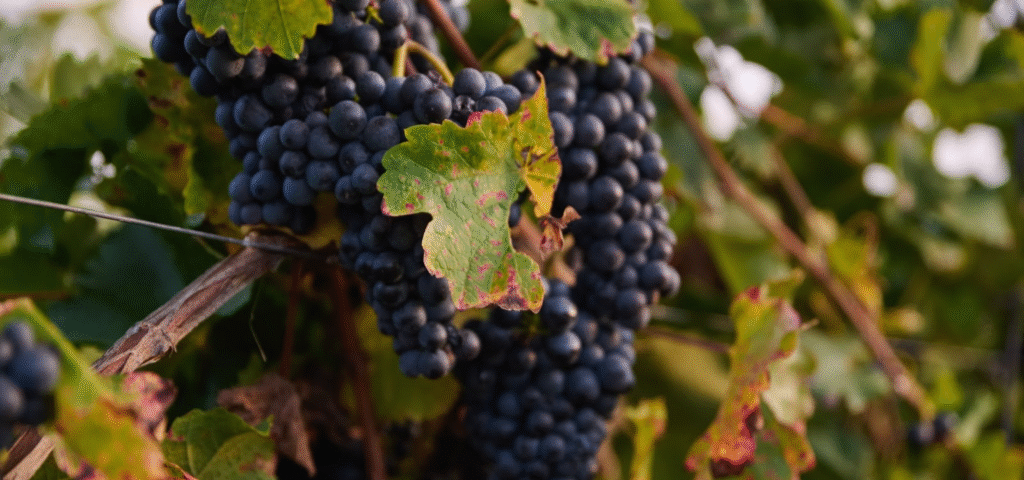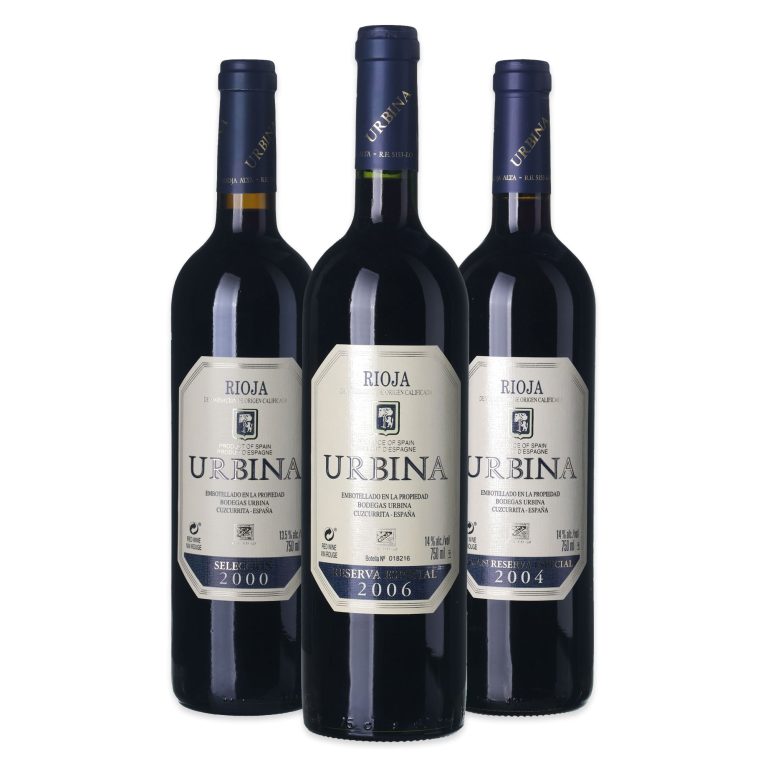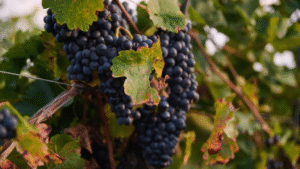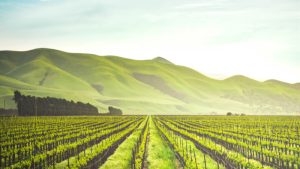When the maturing of wine takes time. Just like building trust

Do you know the feeling when you open a bottle of wine and suddenly you’re transported into the country of its origin? That’s exactly the case of Bodegas Urbina wines. All authentic, slow and deep.
The Bodegas Urbina family winery is located in a forgotten corner of Riocha named Cuzcurrita in the north of Spain. Despite producing around 240 000 bottles each year their storage capacity could handle ten times more the amount. Why this discrepancy, you ask? Because time is the boss here. Their wines mature for twelve, fifteen, twenty years before they leave the premises. Some even longer.
“We value authenticity the most. We want all wines to be a personal statement. From the vineyard all the way to the bottle,” says Angel Urbina, who carries on with the work of his father, grandfather and great grandfather.
The aging process – the essence of wine
Longer time for aging. That’s the secret that changes wine in all aspects. The tannins become softer, the aroma develops lightly into more complex tones, the taste becomes deeper and more balanced. And time? That’s the ingredient which provides nobility that young wines lack.
However, even after years of aging the Urbina wines come across as “lively”. Thanks to being located in the cooler part of Rioja they’re able to keep their freshness and fruitiness. They’re also more mature, rounder and smoother.
“Our wines have herbal and smoky tones which come “to life” only after years of aging. Young wines tend to be fruity but not as complex”, says Angel.
Every year is different – so are the wines
The Bodegas Urbina winery decided to let go of dividing wines into the two traditional categories of Gran Reserva and Gran Reserva Especial. Instead, they put the emphasis on each vintage.
“Vintage is the most important thing we can give our customers. The characteristics of each wine depend on the year they were grown, not the label”, explains Angel.
Not every vintage is suitable for long-term maturing. And that’s why exceptional wines are made only in exceptional years. The 2001 vintage is a great example. It has become legendary.
Technique and tradition
It is both keeping up with the modern ways of making wine as well as honoring time-proven traditions. The fermentation process takes place in food-grade stainless steel but with the emphasis on using original natural yeast. No unified cultures are being used. Instead, there’s space for nature and its natural processes.
What about chemicals? No herbicides. Only if it’s absolutely necessary.
“We don’t go to extremes. All our decisions are carefully thought through. We aim for our wine to stay true to its essence,” says Angel.

Which wine to try first?
So now you’re tempted to sample some of this Spanish treasure? Maybe you’re not sure where to start.
Angel Urbina knows exactly what you should do:
“Start with the 2006 vintage. It’s the most democratic wine we have. Everybody loves it.”
The 2006 vintage is, according to Angel, the ideal combination of the classic structure and modern freshness. It’s great for a party with friends as well as for a romantic night for two.
The story of a family unafraid to go against the current
They do not follow the latest trends at Bodegas Urbina winery. Their story started in 1870. Today it’s Angel, his sister and their father who run the show. Their approach is different from most of today’s producers. They’re not trying to make wine “for the market”, instead they create wines which make sense. Only it takes time. And good things come to those who wait.
“We could produce 2,4 million litres of young wine every year, but instead we prefer to create 240 000 bottles which need easily ten years to mature. We’re not in it for the quick profit. We want to build trust”, wraps up his thoughts Angel.
Trust which matures as slowly as wine
In today’s world with ever-increasing pace the Urbina wine is a small manifestation of slowness. And maybe that’s why it tastes so good. Because every bottle tells a story of the people who know that the real value takes years to build. And the maturing process is quiet.
How about setting up a Spanish wine tasting?
Just imagine. A lovely warm evening with family or friends.
The table is set with olives, ham and cheese. “Tapas” if you like…and…
3 excellent red vintage wines. Add to your cart our Tasting Guide.
Select wines. In your email.
once every month. You can look forward to our recommendations, interesting content, and great offers for your archive for your archive.
By sending an email you agree to the Terms and Conditions for Protection of Personal Data




